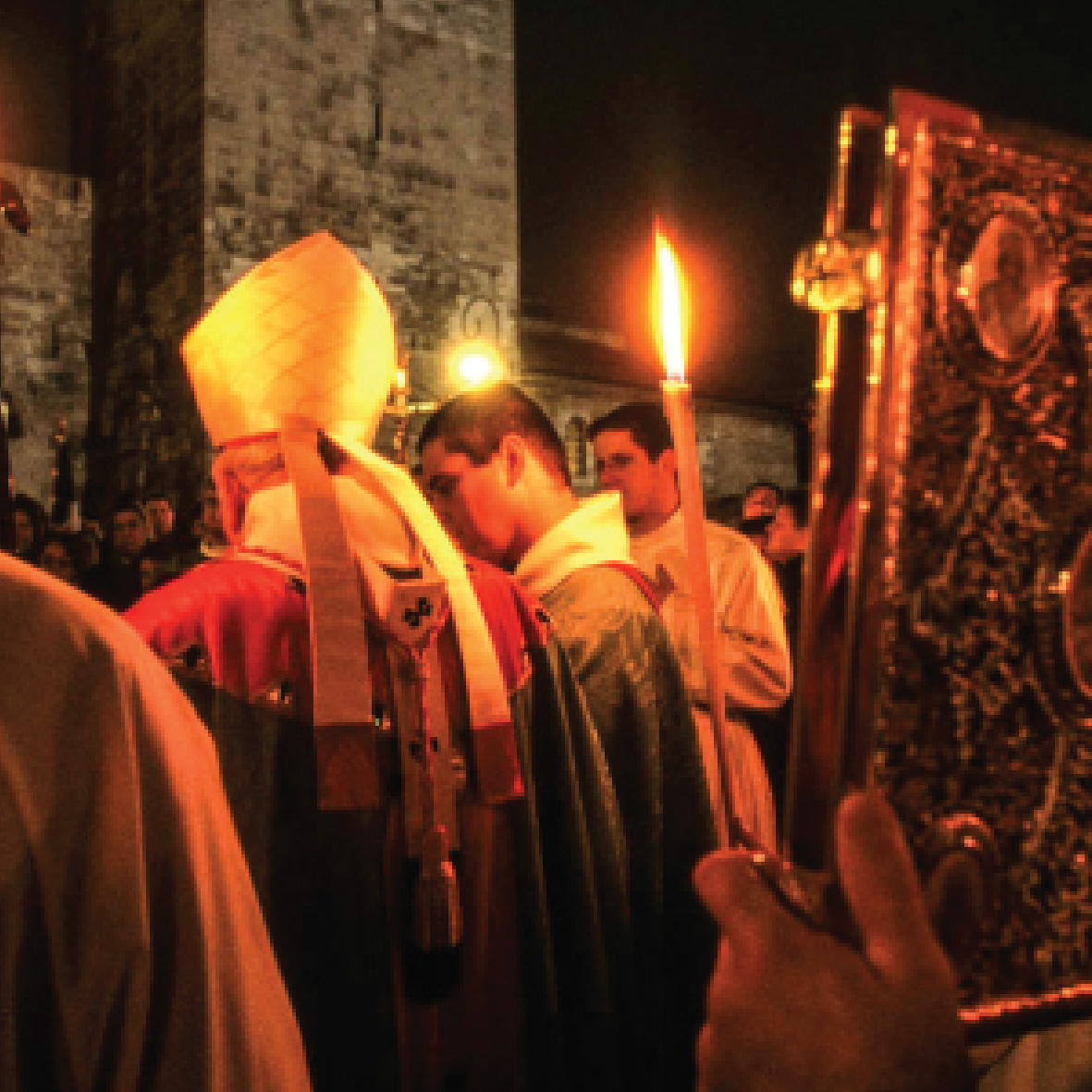WELSH HISTORICAL CONNECTIONS IN FEBRUARY
2020 is a leap year, when the month of February has 29 days.
Every year that is exactly divisible by four is a leap year, except for years that are exactly divisible by 100, but these centurial years are only leap years if they are exactly divisible by 400. For example, the years 1700, 1800, and 1900 are not leap years, but the year 2000 is.
Leap years are needed to align our modern day Gregorian calendar with the solar year, which is the approximately 365¼ days that it takes the Earth to complete its orbit around the sun. The Gregorian calendar was introduced in 1582 by Pope Gregory XIII in order to bring the date of Easter in line with the spring equinox.
Previously the Julian calendar, introduced in 45BC and named after Julius Caesar, had been used, but this had fallen behind because a miscalculation in the length of a year resulting in approximately an extra three days being gained every four centuries. However, because of the conflict between the emerging Protestant religion and Roman Catholicism, not all European countries adopted the new calendar immediately. Scotland did so in 1600 but it was not until 1752 that it was accepted in Wales and England. The old Julian calendar is still remembered in some areas, such as the Gwaun Valley in Pembrokeshire, where on the 13th January Hen Galan, or old New Year is still celebrated.
——————————————————————————
Shrove Tuesday (Dydd Mawrth Ynyd) is also known as Pancake Day (Dydd Crempog). It is the day before Ash Wednesday and in 2020 it falls on Tuesday 25th February Ash Wednesday is the first day of Lent and Shrove Tuesday was traditionally the last day of feasting before the fasting of Lent, when the last supplies of flour, eggs, butter and milk were used up to make pancakes.
Crempog is the traditional Welsh pancake and was made on a flat bake stone griddle. It is thicker than the British/French crepe and can be made with or without yeast, with buttermilk, oats or speckled with raisins or currants. Some Welsh traditions at Shrove Tuesday. * It was a custom in country districts to ‘thrash the hen’ .
The hen was buried in the ground with only its head sticking out. Blindfolded youths would then try to hit the hen with a stick and if they succeeded, they could keep it for a family meal.
* In Kidwelly, tin cans were kicked up and down the streets to signify the putting away of cooking utensils that would not be used during Lent.
* In some areas, the Christmas decorations were not taken down until Shrove Tuesday, when they were removed and burned during the pancake feast.
* The English crumpet word is thouht to have developed from the Welsh word, crempog.
————————————————————————
The Christian festival, Candlemas is celebrated on 2nd February. It is thought to originate from Imbolc, the Celtic festival celebrating the arrival of Spring. It is known in Wales as Gŵyl Fair y Canhwyllau (‘Mary’s Festival of the Candles’) and was derived from the ceremony of blessing the candles that were to be carried in processions, by mothers of babies born during the previous year. In Carmarthenshire, it was customary for kitchen windows to be illuminated with candles.



